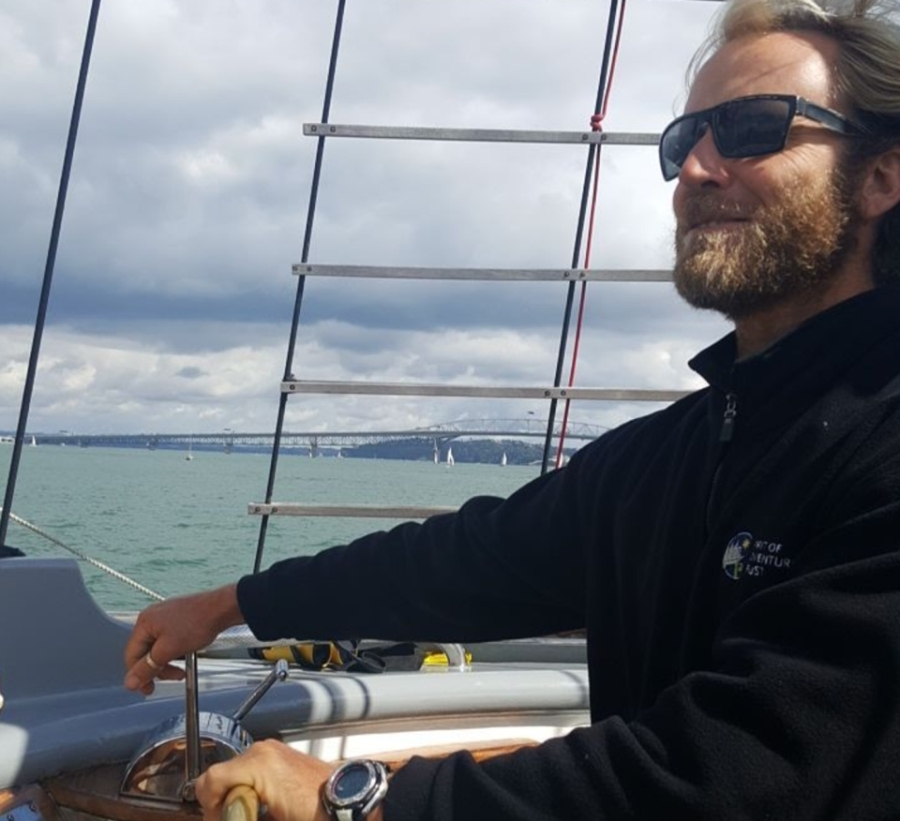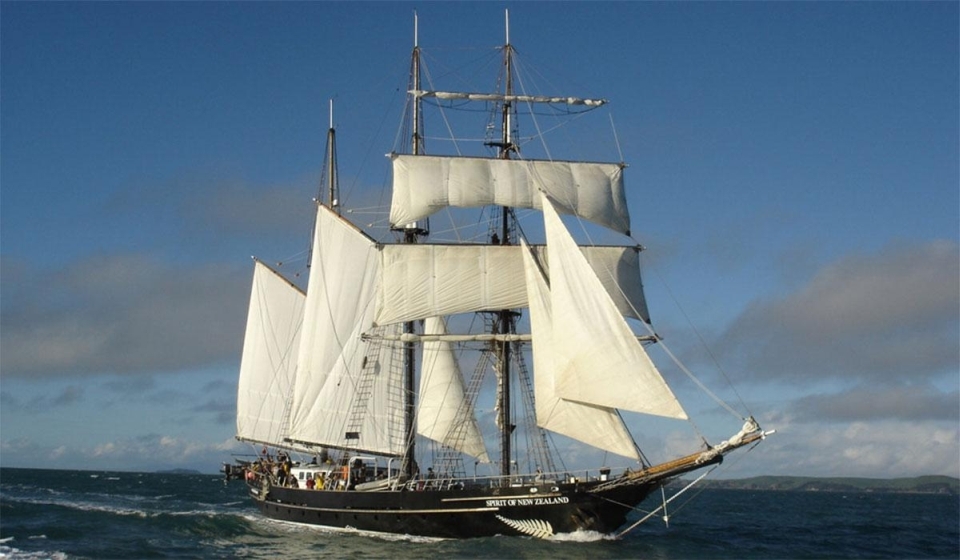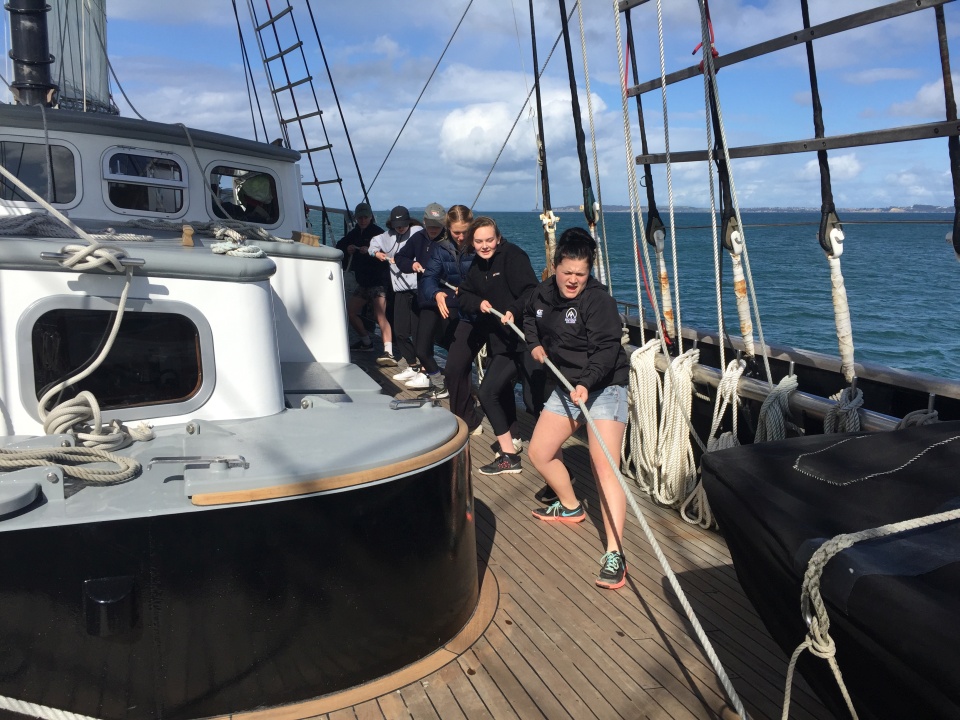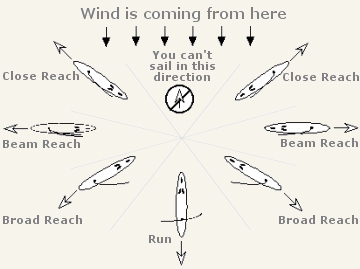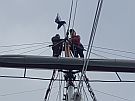Knowing the right sailing terms to use on board a boat is not just about impressing your friends. It’s actually very useful, and sometimes crucial in communicating while you’re sailing.
Some of the vocabulary used on board boats can sound old fashioned, which it is! Sailors still use terms that have been around for hundreds of years.
Here are the key sailing terms you’ll want to know as you begin learning to sail!
- Port: Facing forward, this is anything to the left of the boat. When you’re onboard, you can use this term pretty much any time you would normally say “left.”
- Starboard: Facing forward, this is anything to the right of the boat. Same deal as “port” – only the opposite.
- Bow/Stern: The bow is the front of the boat, the stern is the back. Anything near the front of the boat is referred to as being “forward,” and anything toward the back is “aft” or “astern.”
- Point of Sail: The boat’s direction relative to the wind. For example, if you’re going straight into the wind, your point of sail is called “in irons.” (Note: This isn’t a good place to be!) If the wind is blowing straight over the side of the boat, that’s called a “beam reach.” There are 8 commonly used points of sail, and it’s a good idea to familiarize yourself with them before going out.
- Helm: Where you steer the boat. Usually this is a big wheel, but on smaller boats it can be a tiller, which is basically a long wooden stick. Either of these can be used to control the boat’s rudder.
- Helmsman: The man or woman steering the boat.
- Keel: The keel is a long, heavy fin on the bottom of the boat that sticks down into the water. It provides stability and is the reason why modern sailboats are nearly impossible to capsize.
- Heeling: This is the term for when a sailboat leans over in the water, pushed by the wind. There’s nothing else like the thrill of heeling over as your sails fill and your speed picks up!
- Tack: This term has two distinct meanings, both of them very important. As a verb, to tack is to change direction by turning the bow of the boat through the wind. As a noun, your tack is the course you are on relative to the wind. For example, if the wind is blowing over the port side, you are on a port tack. If it’s blowing over the starboard side, you’re on a…you guessed it…starboard tack.
- Jibe: A jibe is another way of changing direction, in which you bring the stern of the boat through the wind. Whether you choose to tack or jibe entirely depends on the situation–what’s around you, and the direction of the wind.
- Windward: The side of the boat closest to the wind. When heeling over, this will always be the high side.
- Leeward: The side of the boat furthest from the wind. When heeling over, this will always be the low side.
- Lines: On board a boat, this is what you say instead of “ropes.”
- Mainsail: The big triangular sail just aft of the sailboat’s mast. As the name suggests, this is the boat’s largest and most important sail. Running along its bottom edge, the mainsail has a thick pole called the boom.
- Jib: The next most common sail on any boat. The jib can always be found forward of the mast, and unlike the mainsail, does not have a boom.
- Rigging: Rigging is the name for the system of wire cables and ropes that both support the sails and allow them to be controlled.
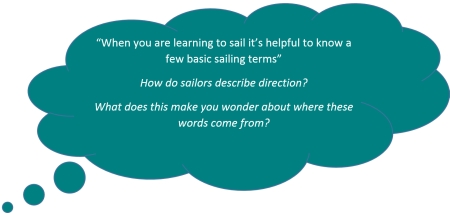
Getting familiar with these sailing terms will help you to make the most of your time onboard a boat. During this field trip you will also learn some other sailing terms which will help you to take an active role onboard the Spirit of New Zealand.


